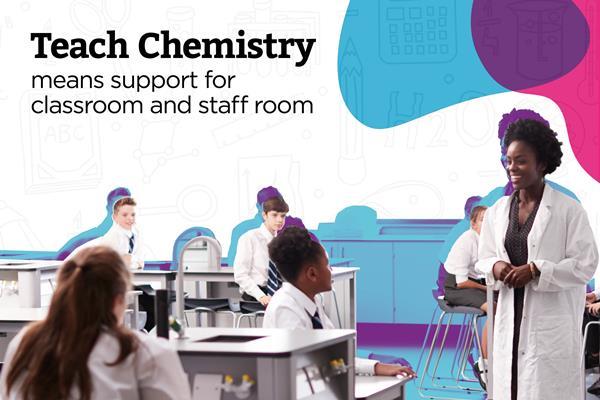Evolution of the chemistry curriculum

Alice Dawe finds out how scientific advances have driven changes to undergraduate chemistry courses since the second world war
There are dozens of different chemistry undergraduate degree programmes available, and hundreds of combined honours courses with a chemistry element. Given the breadth of chemistry it is therefore not surprising to find that no two programmes are quite the same. However, the core content is largely similar at all institutions, including topics such as thermodynamics, kinetics, main group elements, transition metals and organic structure and mechanism.
These core topics have, however, evolved over the decades, largely due to advances in our knowledge of chemistry. There are also two other major reasons for changes to undergraduate chemistry courses: evolving A-level content and different aspirations of those entering degree courses.
Thanks for using Education in Chemistry. You can view one Education in Chemistry article per month as a visitor.

Register for Teach Chemistry for free, unlimited access
Registration is open to all teachers and technicians at secondary schools, colleges and teacher training institutions in the UK and Ireland.
Get all this, plus much more:
- unlimited access to resources, core practical videos and Education in Chemistry articles
- teacher well-being toolkit, personal development resources and online assessments
- applications for funding to support your lessons
Already a Teach Chemistry member? Sign in now.
Not eligible for Teach Chemistry? Sign up for a personal account instead, or you can also access all our resources with Royal Society of Chemistry membership.


